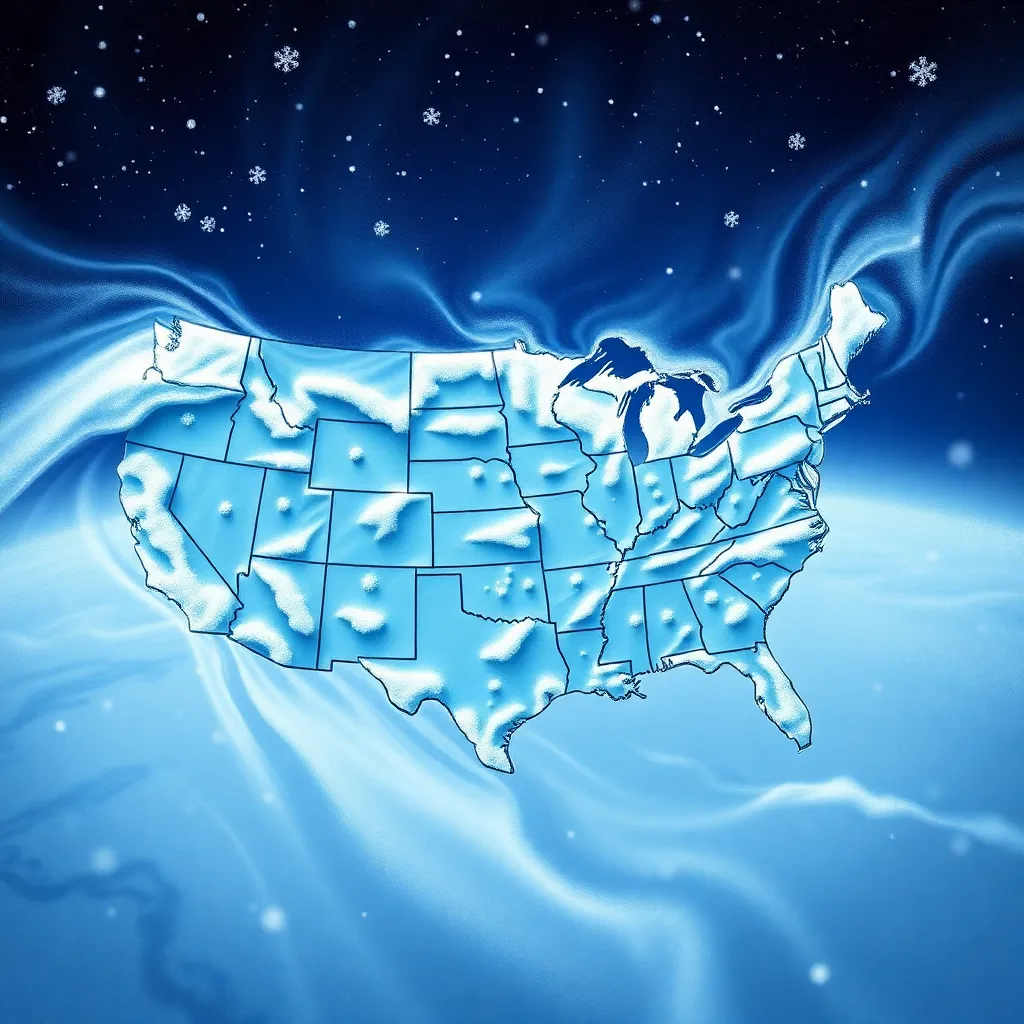
Cold Snap to Grip Much of the United States: What to Expect
A powerful cold snap is set to sweep across a significant portion of the United States, bringing with it frigid temperatures and potentially hazardous conditions. According to the National Weather Service, a “significant Arctic outbreak” of cold air will cover large swathes of the country, affecting millions of Americans.
What Causes a Cold Snap?
A cold snap occurs when a mass of cold air from the polar regions moves southwards, bringing with it cold temperatures and often, wintry precipitation. In this case, the cold air is expected to originate from the Arctic region and move southwards, covering much of the continental United States.
Which Regions Will Be Affected?
The National Weather Service has warned that the cold snap will affect a large portion of the country, including the Midwest, Northeast, and parts of the South. Some of the states expected to be hit hardest include Minnesota, Wisconsin, Michigan, New York, Pennsylvania, and Massachusetts.
What to Expect
Residents in the affected areas can expect extremely cold temperatures, with some areas potentially seeing temperatures drop below 0°F (-18°C). The cold snap is also expected to bring significant wind chill, making the air feel even colder. In addition to the cold temperatures, some areas may also see snow and freezing precipitation, which could lead to hazardous travel conditions.
Preparation and Safety Tips
To stay safe during the cold snap, residents are advised to take the following precautions:
- Dress warmly, with layers of clothing and a hat and gloves to prevent heat loss.
- Stay indoors if possible, especially for vulnerable populations such as the elderly and young children.
- Keep your home warm, with the thermostat set to at least 68°F (20°C).
- Prevent pipes from freezing by insulating exposed pipes and letting cold water drip from faucets.
- Keep your gas tank full and make sure your vehicle is winter-ready.
The upcoming cold snap is expected to bring significant disruptions to daily life, especially for those living in the affected areas. By understanding what to expect and taking necessary precautions, residents can stay safe and warm during this period of extreme cold weather. Stay tuned to local weather forecasts for updates and follow the instructions of local authorities to ensure your safety.





